Look at how being in 10 Downing Street has aged our prime ministers
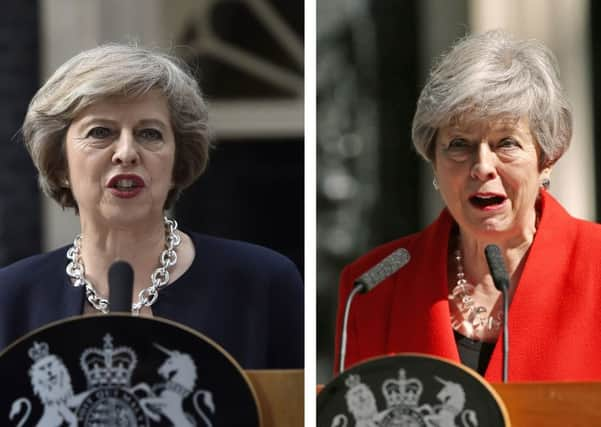

Hecklers in the streets, trolls on social media, deep division in the Commons and open warfare in her Cabinet over Brexit — she has faced them all during her arguably tough stint as PM.
In Downing Street, pastoral care has never been top of the agenda — but we think it probably should be.
Advertisement
Hide AdAdvertisement
Hide AdFor when we compared before and after shots for every PM since the 1970s, the strains of the job are clear to see on their faces...
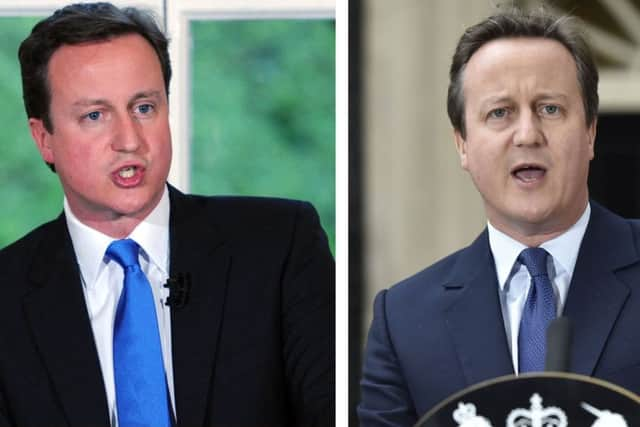

• Theresa May: PM for three years and a bit — since July 2016
Poor Theresa May.
Say what you like about her — and everyone does — but she’s had one of the roughest rides since Chamberlain.
The so-called ‘Maybot’ never exactly exuded joie de vivre, but recent pictures show a broken woman at the end of a long and punishing road.
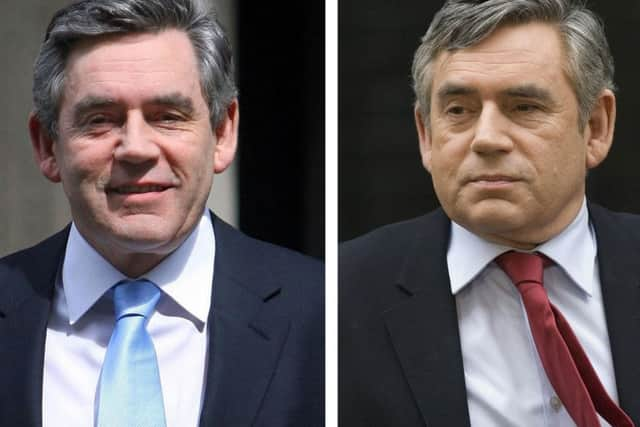

Advertisement
Hide AdAdvertisement
Hide AdLook no further than her speech at 2017’s Conservative conference — a dreadful cough, falling letters and a Boris-themed prankster — long held up by headline writers as the symbolic moment of her premiership.
If the polls are anything to go by, you’re probably not very sympathetic, but that kind of luck is normally reserved for the prophet Job.
• David Cameron: PM for 6 years and two months — from May 2010 to July 2016
When Cameron was elected at the age of 43, he was a toddler in prime ministerial terms.
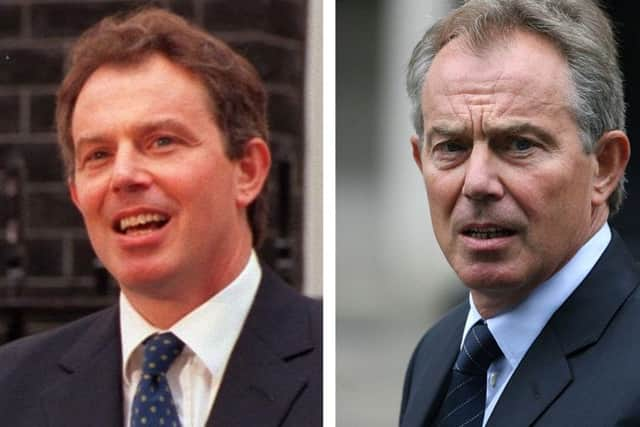

Advertisement
Hide AdAdvertisement
Hide AdShades of Tony Blair surrounded the fresh-faced Conservative, whose youth and energy had re-invigorated a Tory party not generally known for either.
Come 2016, he was still in his 40s but looked really, really tired — and that cherubic glow was gone.
But the strain he faced as PM could have been so much worse.
“Why should I do all the hard s*** for someone else, just to hand it over to them on a plate?” he reportedly told aides, after delivering his resignation a few hours after Britain voted to leave Europe.
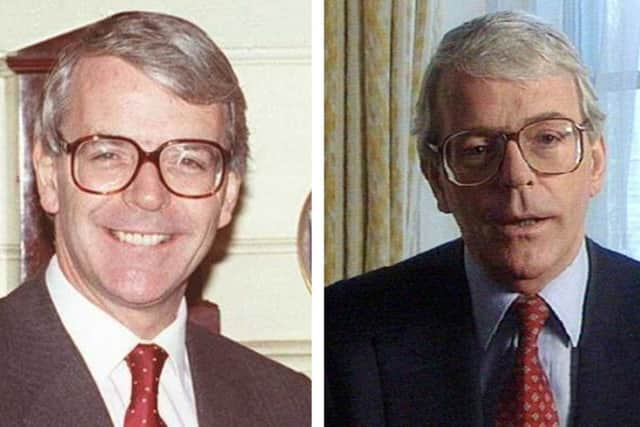

Advertisement
Hide AdAdvertisement
Hide Ad• Gordon Brown: PM for two years and 10.5 months — from June 2007 to May 2010
What a difference nearly three years makes. It rarely felt like the premiership was going to be particularly kind to Gordon Brown, and after the credit crunch, the Lancashire Plot, and 2010’s inglorious election defeat, his resignation must on some level have been a relief.
Sleep-deprived, sallow-faced, and self-evidently miserable, the burdens of office etched themselves onto the former Chancellor’s face, and the televised debates in 2010 showed a haggard Brown grappling with the inevitable.
Having waited literally years for Blair to budge, we’re guessing it wasn’t everything he’d dreamed. After the election, he retired to the backbenches, and quietly left the chamber in 2015.
Advertisement
Hide AdAdvertisement
Hide Ad• Tony Blair: PM for 10 years and two months — from May 1997 to June 2007
A week is a long time in politics, let alone a decade, but even so this makes for grim viewing.
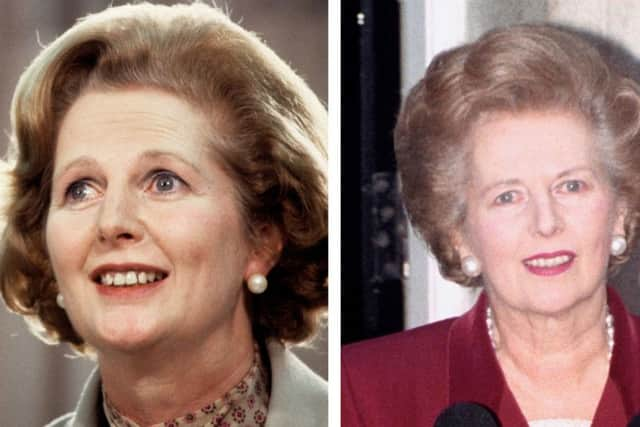

When a charismatic and fresh-faced Tony Blair ascended to the helm with a landslide general election victory in 1997, he told an euphoric crowd: “A new dawn has broken, has it not?” — and it felt as though politics was set to become a young man’s game.
But as the Iraq War turned ever more disastrous, the years began to pile on. Ever-present eye-bags, pallid skin and a permanently furrowed brow all bore testament to the stressful reality of life in Downing Street.
Advertisement
Hide AdAdvertisement
Hide Ad• John Major: PM for 6 years and five months — from November 1990 to May 1997
Already rocking the grey when he became PM in 1990, John Major’s tenure saw a simple case of accelerated ageing. An old-looking 47-year-old became a very old-looking 54-year-old, as Major was harried and harassed by ‘the b*****ds’ of his own party (his words, not mine).
Perhaps the strangest thing is that today, more than two decades later, he still looks pretty much the same — it’s as if leaving office has halted the ageing process.
• Margaret Thatcher: PM for 11 years and seven months — from May 1979 to November 1990
Advertisement
Hide AdAdvertisement
Hide AdFamous for sleeping only four hours a night, it seems that Thatcher’s lifestyle lent itself unusually well to the rigours of two-and-a-half terms as PM, and her notoriously steely disposition meant she rarely cracked in front of the cameras.
All things considered, the Iron Lady lived up to her reputation, and she exited 10 Downing Street looking a little older but still pretty intact.
Either that, or she had an exceptionally capable make-up person.
• James Callaghan: PM for 3 years and one month - from April 1976 to May 1979
Advertisement
Hide AdAdvertisement
Hide AdFamous for the headline ‘Crisis? What crisis?’, Callaghan packed an awful lot of stress into his three years as Prime Minister. Running battles with the unions yielded the Winter of Discontent, and by the time he was trounced by Thatcher in 1979, he could have been forgiven for feeling rather jaded.
But Callaghan had already served as Chancellor, Home Secretary and Foreign Secretary when he arrived at Number 10 (to date he’s the only person to hold all four Great Offices of State), and suffered the severity of office with some fortitude.
The only noticeable changes are a slight weight gain, and the movement of his parting to the other side of his head. He died in 2005, a day shy of his 93rd birthday, making him the longest-lived Prime Minister we’ve ever had.